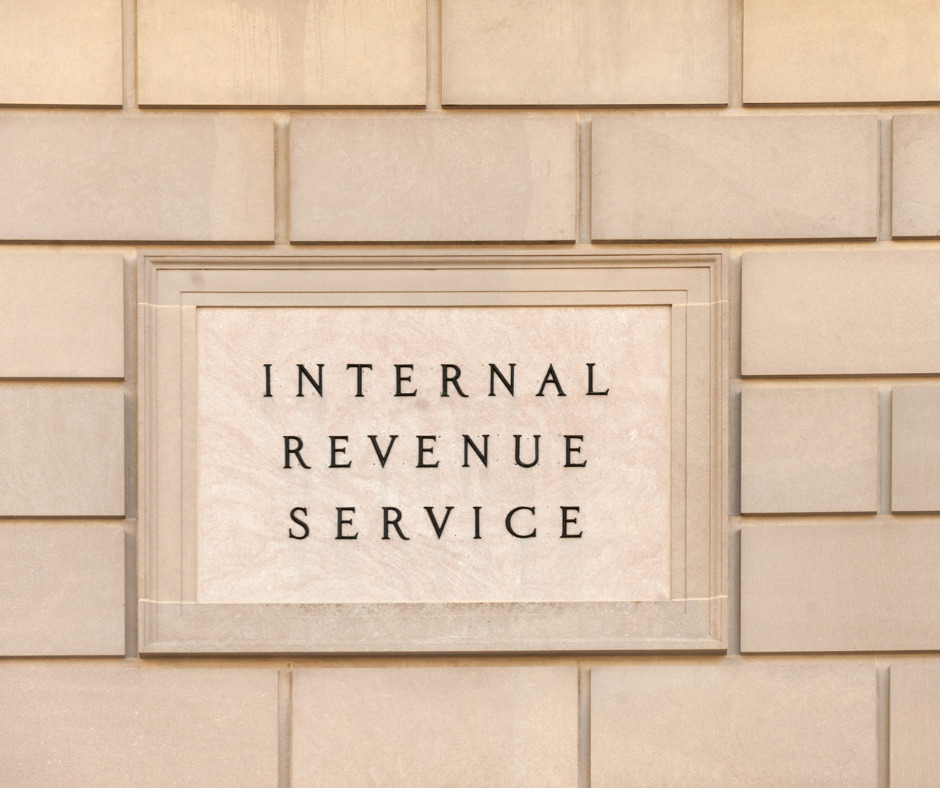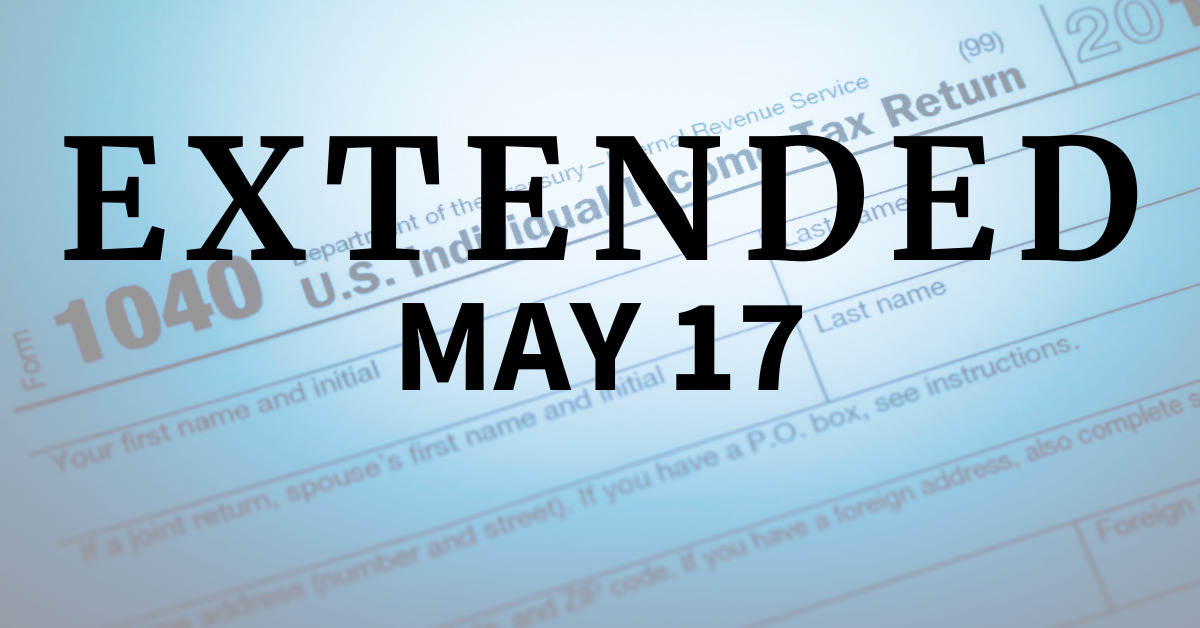On March 10, 2021, the U.S. House of Representatives passed a modified version of the American Rescue Plan Act of 2021 (ARP bill), President Biden’s $1.9 trillion COVID-19 relief package aimed at stabilizing the economy, providing needed relief to individuals and small businesses, and improving and accelerating the administration of coronavirus vaccines and testing. The House was required to re-vote on the bill after the House version passed on February 27 was modified by the Senate on March 6. The relief package, which is Biden’s first major legislative initiative, is one of the largest in U.S. history and follows on the heels of the Trump Administration’s $900 billion COVID relief package enacted in December 2020 (Consolidated Appropriations Act, 2021 (CAA)).
The House-approved bill will now be sent to President Biden for his signature, and it is expected that the legislation will be enacted before the current supplemental federal unemployment benefits expire on March 14.
The most significant measures included in the Act are the following:
- A third round of stimulus payments to individuals and their dependents
- Extension of enhanced supplemental federal unemployment benefits through September 2021
- Expansion of the child tax credit and child and dependent care credit
- Extension of the Employee Retention Credit (ERC)
- $7.25 billion in aid to small businesses, including for the Paycheck Protection Program (PPP)
- Increased federal subsidies for COBRA coverage
- Over $360 billion in aid directed to states, cities, U.S. territories and tribal governments, and the Senate added $10 billion for critical infrastructure, including broadband internet, and $8.5 billion for rural hospitals
- $160 billion earmarked for vaccine and testing programs to improve capacity and help curb the spread of COVID-19; the plan includes funds to create a national vaccine distribution program that would offer free shots to all U.S. residents regardless of immigration status
- Other measures that address nutritional assistance, housing aid and funds for schools.
The original House version of the bill included a plan to gradually increase the federal minimum wage to $15/hour. This minimum wage provision was stripped from the Senate version following a ruling by the Senate parliamentarian that the minimum wage provision did not conform to the budget reconciliation rules.
Measures Affecting Individuals
The bill includes several measures to help individuals who have been adversely affected by the impact of the coronavirus pandemic on the economy. The additional round of stimulus checks, in conjunction with supplemental federal unemployment benefits, should provide some measure of relief to individuals. A temporarily enhanced child tax credit offers another area of assistance.
Cash Payments
Immediate cash relief will be granted to individuals and families in the form of new stimulus payments. While a $1,400 stimulus check (compared to the $600 under the CAA) will be paid to qualifying individuals and their dependents, the final version of the bill was narrowed by the Senate as a compromise to accommodate concerns of certain members and to secure votes, with the result that fewer taxpayers will receive a stimulus payment than was the case with the previous stimulus checks. The relief payments are expected to start shortly after President Biden signs the bill.
Under the final bill, individuals earning up to $75,000, single parents earning $112,500 and couples earning up to $150,000 are eligible for the $1,400 check, with the amount decreasing for individuals making between $75,000 and $80,000. Individuals earning more than $80,000, single parents earning $120,000 and couples earning more than $160,000 are disqualified from receiving stimulus checks. The House version of the bill would have allowed single taxpayers earning up to $100,000, single parents earning up to $150,000 and couples earning up to $200,000 to have qualified for the $1,400 payment.
An additional $1,400 check will be sent to each dependent of the taxpayer, including adult dependents (e.g., college students, parents). The previous two stimulus payments limited the additional checks to dependent children 16 years old or younger.
The amount of the stimulus check will be based on information in the taxpayer’s 2020 tax return if it has been filed and processed; otherwise, the 2019 return will be used. The amount of the check will not be taxable income for the recipient.
Extended Unemployment Benefits
The current weekly federal unemployment benefits (which apply in addition to any state unemployment benefits) of $300 will be extended through September 6, 2021; the Senate cut back the $400 that would have applied through August 29 under the House version. Additionally, the first $10,200 of unemployment insurance received in 2020 would be nontaxable income for workers in households with income up to $150,000.
The extension also covers the self-employed and individual contractors (e.g., gig workers) who typically are not entitled to unemployment benefits.
Child Tax Credit
The child tax credit will be expanded considerably for 2021 to help low- and middle-income taxpayers (many of the same individuals who will be eligible for stimulus checks), and the credit will be refundable.
The amount of the credit will increase from the current $2,000 (for children under 17) to $3,000 per eligible child ($3,600 for a child under age six), and the $3,000 will be available for children that are 17 years old. The increase in the maximum amount will phase out for heads of households earning $112,500 ($150,000 for couples).
Because the enhanced child tax credit will be fully refundable, eligible taxpayers will receive a check for any credit amount not used to offset the individual’s federal income tax liability. Part of the credit will be paid in advance by the IRS during the period July through December 2021 so that taxpayers do not have to wait until they file their tax returns for 2021.
Child and Dependent Care Tax Credit
The Child and Dependent Care Tax Credit will be expanded for 2021 to cover up to 50% of qualifying childcare expenses up to $4,000 for one child and $8,000 for two or more children for 2021 (currently the credit is up to 35% of $3,000 for one child or 35% of $6,000 for two or more children). The credit will be refundable so that families with a low tax liability will be able to benefit; the refund will be fully available to families earning less than $125,000 and partially available for those earning between $125,000 and $400,000.
Earned Income Tax Credit (EITC)
The EITC will be expanded for 2021 to ensure that it is available to low paid workers who do not have any children in the home. The maximum credit will increase from about $530 to about $1,500, and the income cap to qualify for the EITC will go from about $16,000 to about $21,000. Further, the EITC will be available to individuals age 19-24 who are not full-time students and those over 65.
Measures Affecting Businesses
The ARP bill contains provisions designed to assist small businesses, in particular.
Small Businesses and Paycheck Protection Program
An additional $7.25 billion is allocated to assist small businesses and for the Paycheck Protection Program (PPP) forgiven loans. The current eligibility rules remain unchanged for small businesses wishing to participate in the PPP, although there is a provision that will make more non-profit organizations eligible for a PPP loan if certain requirements are met.
The PPP—which was originally created as part of the Coronavirus Aid, Relief, and Economic Security Act (CARES Act) enacted on March 27, 2020—is designed to help small businesses that have suffered from the disruptions and shutdowns related to the coronavirus pandemic and keep them operational by granting federally guaranteed loans to be used to retain staff at pre-COVID levels. A PPP loan may be forgiven in whole or in part if certain requirements are met.
The Economic Aid Act, which is part of the CAA, had earmarked an additional $284 billion for PPP loans, with specific set asides for eligible borrowers with no more than 10 employees or for loans of $250,000 or less to eligible borrowers in low- or moderate-income neighborhoods. The program ends the earlier of March 31, 2021 (the application period under the PPP is not extended under the ARP bill) or the exhaustion of the funds—additional funds are now allocated under the ARP bill.
It should be noted that the Biden Administration recently designated the 14-day period between February 24 and March 10, 2010 for businesses and nonprofits with fewer than 20 employees to apply for a PPP loan.
Employee Retention Credit
The ERC, originally introduced under the Coronavirus Aid, Relief, and Economic Security Act (CARES Act) and enhanced under the CAA, aims to encourage employers (including tax-exempt entities) to keep employees on their payroll and continue providing health benefits during the COVID-19 pandemic. The ERC is a refundable payroll tax credit for wages paid and health coverage provided by an employer whose operations were either fully or partially suspended due to a COVID-19-related governmental order or that experienced a significant reduction in gross receipts.
The CAA extended the eligibility period of the ERC to June 30, 2021, increased the ERC rate from 50% to 70% of qualified wages and increased the limit on per-employee wages from $10,000 for the year to $10,000 per quarter ($50,000 per quarter for start-up businesses). The new bill extends the ERC for another six months to December 31, 2021 under the same terms as provided in the CAA.
Other Measures
- Employers offering COVID-19-related paid medical leave to their employees would be eligible for an expanded tax credit through September 30, 2021.
- The bill increases the proposed subsidies of insurance premiums for individual workers eligible for COBRA after they were laid off or had their hours reduced to 100% (85% under the version of the bill passed by the House) through September 30, 2021.
- Funds are allocated for targeted Economic Injury Disaster Loan advance payments, as well as for particularly hard-hit industries such as restaurants, bars, and other eligible food and drink providers; shuttered venue operators; and the airline industry.
- Effective for taxable years beginning after December 20, 2020, the bill repeals IRC section 864(f), which allows U.S. affiliated groups to elect to allocate interest on a worldwide basis. This provision was enacted as part of the American Jobs Creation Act of 2004, and has been deferred several times. The provision is relevant in computing the foreign tax credit limitation under IRC section 904.
- The bill does not cancel student debt but there is a provision that would make student loan forgiveness passed between December 31, 2020, and January 1, 2026, tax-free (normally the cancellation of debt is considered taxable income).
- A deduction will be disallowed for compensation that exceeds $1 million for the highest paid employees (e.g., the CFO, CEO, etc.) for taxable years beginning after December 31, 2026.
- The limitation on excess business losses of noncorporate taxpayers enacted as part of the Tax Cuts and Jobs Act will be extended by one year through 2026.
- The bill substantially lowers the threshold for third-party payment processors to report information to the IRS. Specifically, IRC section 6050W(e) will be revised so that the current threshold of $200,000 for at least 200 transactions is reduced to $600. As a result, such payment processers will have to provide Form 1099K to sellers for whom they have processed more than $600 (regardless of the number of transactions). This change, which will apply to tax returns for calendar years beginning after December 31, 2021, will bring many more sellers, including “casual” sellers, within the 1099K reporting net.
start-up businesses). The new bill extends the ERC for another six months to December 31, 2021 under the same terms as provided in the CAA.
For more information, contact your ATA representative at https://ata.cpa/locations.









